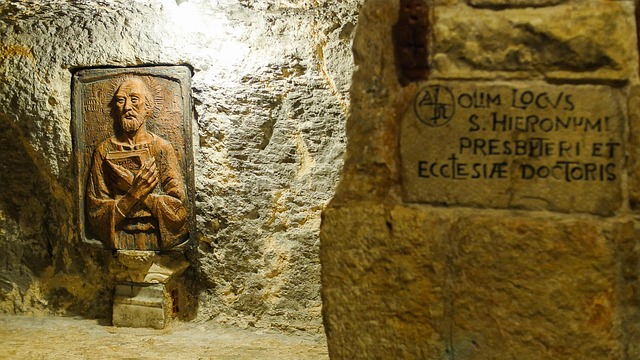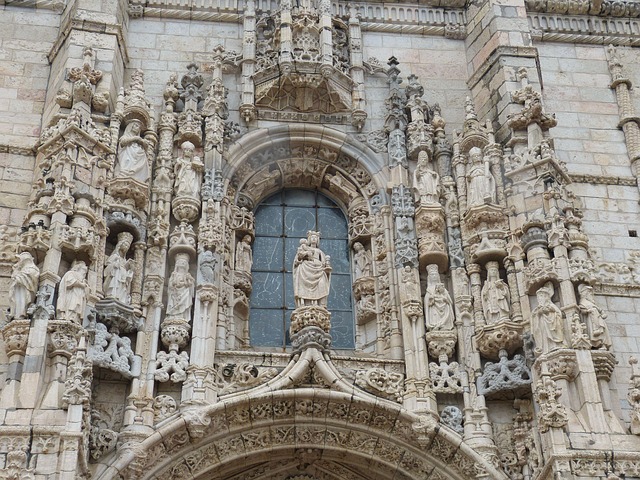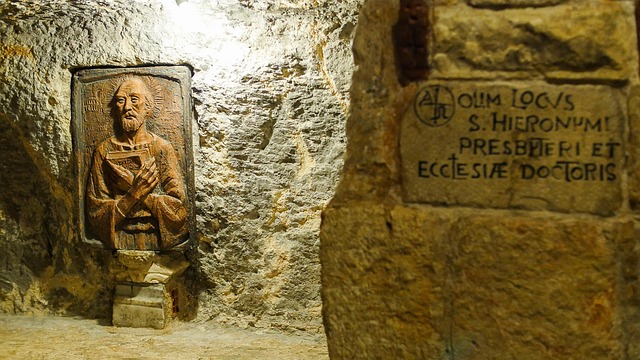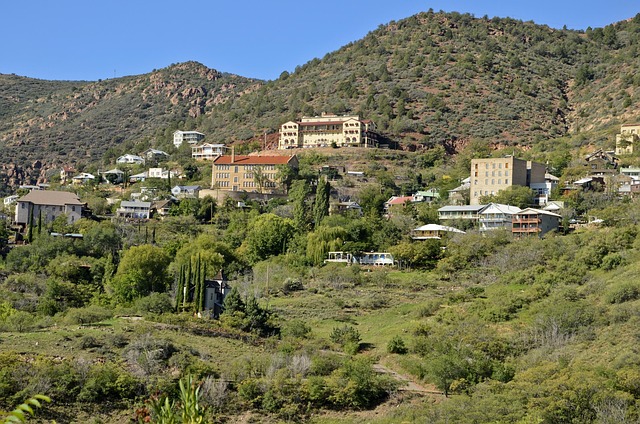Real estate is a powerful catalyst for transforming urban landscapes into thriving creative hubs, especially in tourism-focused economies. Strategic investments and adaptive reuse of spaces are key to fostering artistic communities, as seen in Berlin's remarkable metamorphosis from industrial past to vibrant neighborhood with galleries, studios, and co-working spaces. Real estate developers play a crucial role in identifying underutilized areas and transforming them into dynamic environments catering to diverse creative sectors while preserving architectural heritage. Balancing economic growth with cultural heritage preservation is essential for maintaining tourism appeal, community pride, and unique character for future generations.
In today’s globalized world, tourism-driven economies are thriving, especially in cities that foster creative vibrancy. This article explores how real estate plays a pivotal role in shaping dynamic creative hubs that attract tourists worldwide. We delve into unique selling points and strategies that propel destinations to the forefront. Additionally, we discuss the delicate balance between sustaining economic growth and preserving cultural heritage for long-term viability, with a special focus on the impact of real estate development.
The Role of Real Estate in Shaping Creative Hubs

The role of real estate is pivotal in shaping creative hubs within tourism-driven economies. Strategic investments in property development have become a key driver for fostering artistic communities and attracting talent from diverse sectors. Cities like Berlin, once known for its gritty industrial past, have undergone metamorphosis through careful urban planning and real estate initiatives. Now, they boast vibrant neighborhoods brimming with galleries, studios, and co-working spaces, becoming global hubs for creative minds.
Real estate developers play a crucial role in this transformation by identifying underutilized spaces and converting them into dynamic, collaborative environments. Adaptive reuse of historic buildings, for instance, can preserve architectural heritage while providing the flexible, open-plan layouts preferred by creatives. Furthermore, well-designed mixed-use developments integrate residential, commercial, and cultural spaces, encouraging interaction and inspiring creativity through diverse social interactions.
Attracting Tourists: Unique Selling Points and Strategies

Attracting tourists to a city or region is a delicate art, especially in an economy driven by tourism. Unique Selling Points (USPs) are key to luring visitors and ensuring a thriving creative industry. These could range from showcasing local artisans and their crafts to promoting hidden gems in architecture or unique culinary experiences. For instance, a city with a vibrant street art scene can market itself as a global hub for urban art, attracting artists and art enthusiasts alike.
Strategies should focus on highlighting the diversity of attractions within the region. This could involve partnerships between local businesses, artists, and real estate developers to create immersive experiences. For example, creating themed tours that take visitors through historic buildings and contemporary galleries can offer a well-rounded cultural experience. Such initiatives not only attract tourists but also foster a sense of community and pride among locals, contributing to the overall creative vibe and economic growth.
Sustaining Growth: Balancing Economy and Cultural Preservation

In any tourism-driven economy, fostering growth while preserving cultural heritage is a delicate balance. As cities become more attractive to visitors due to their vibrant creative scenes and unique real estate offerings, the potential for rapid development increases. However, unchecked expansion can lead to the homogenization of neighborhoods and the loss of authentic local experiences that initially drew tourists in the first place.
Preserving cultural integrity requires deliberate efforts to maintain historic architecture, support local businesses, and encourage artistic traditions. This balance is crucial for sustaining long-term tourism appeal and ensuring that economic growth benefits the entire community, preserving its soul and character for future generations.






